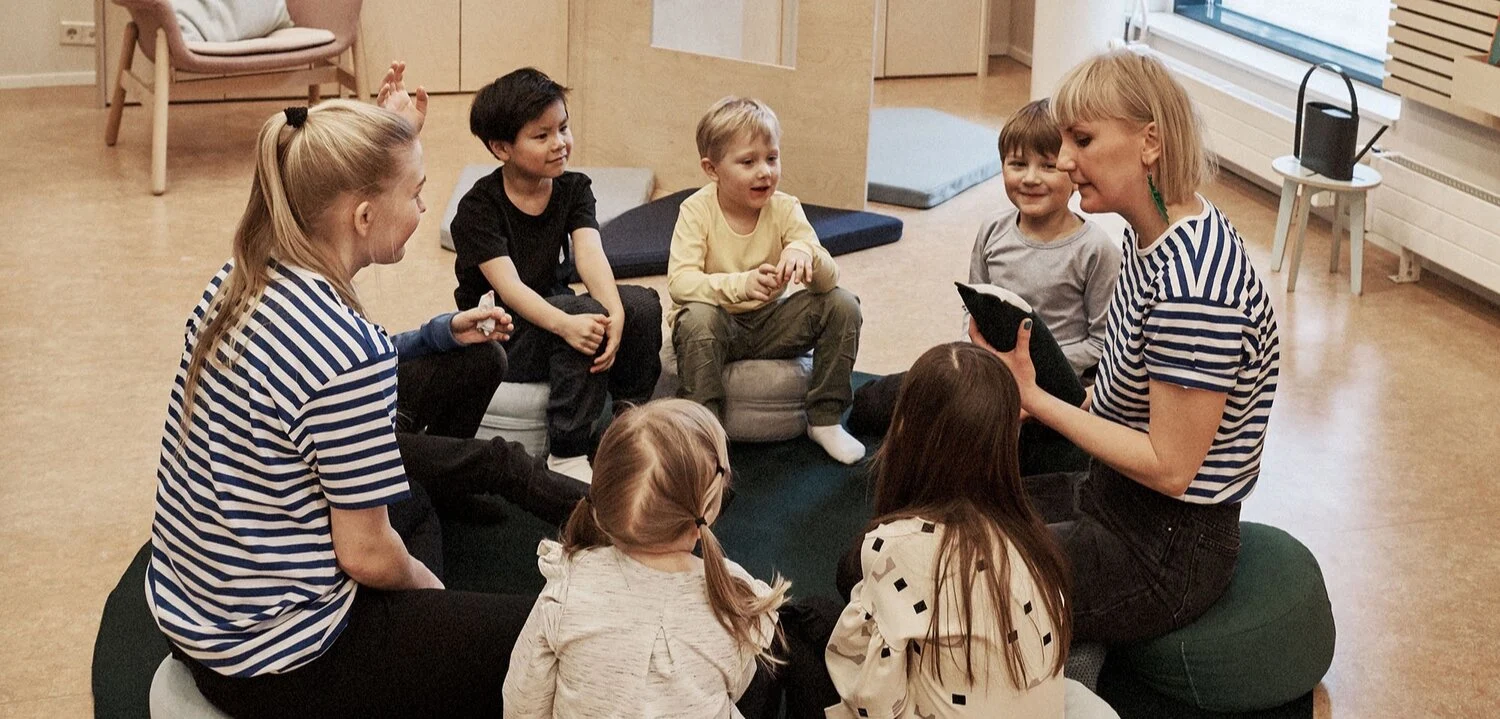Explore 7 Different Education System Around the World
Education systems vary across the globe, reflecting cultural, economic, and societal differences. In Finland, known for its high-quality education, students have shorter school days, minimal homework, and an emphasis on creativity and critical thinking. In contrast, the education system in South Korea is highly competitive, with long school hours and intense pressure to excel academically. Germany offers a dual education system, combining vocational training with classroom learning. In the United States, education is decentralized, with each state having its own curriculum standards. These examples highlight the diversity of education systems worldwide, showcasing the various approaches to teaching, learning, and preparing students for the future. In this article, we will explore 7 different education systems in the world.
Finnish Education System

The Finnish education system is renowned for its success and emphasis on equality. It focuses on fostering creativity, critical thinking, and practical skills rather than standardized testing. Students start school at the age of seven and have shorter school days with frequent breaks. There is minimal homework, and the curriculum prioritizes holistic development, including arts, music, and physical education. Highly qualified teachers are trusted to design their own lesson plans and have a strong emphasis on collaboration. Finnish schools promote a supportive and inclusive environment where students are encouraged to explore their interests and develop a love for learning, resulting in consistently high educational outcomes.
Japanese Education System

The Japanese education system is known for its rigor, discipline, and emphasis on academic excellence. Students attend compulsory education from ages 6 to 15. The curriculum places significant importance on core subjects such as mathematics, science, and language. Japanese students have long school days and are assigned extensive homework. The education system is highly structured, with a focus on rote memorization and standardized tests. Respect for authority and discipline are integral values within the system. Additionally, extracurricular activities and club participation play a crucial role in developing students’ social skills and fostering a sense of community. Overall, the Japanese education system prioritizes discipline, hard work, and a strong academic foundation.
German Education System

The German education system is characterized by its emphasis on both academic and vocational education. It offers a dual education system, providing students with a combination of classroom learning and practical vocational training. Education is primarily the responsibility of the individual states (Bundesländer), resulting in some variation in curriculum and school structure. The system is highly stratified, with different types of schools catering to students of varying abilities and career aspirations. The Gymnasium prepares students for university education, while the Realschule and Hauptschule focus on vocational training. The German education system values practical skills, technical expertise, and a smooth transition from school to work or higher education.
American Education System
The American education system is decentralized, with each state having its own authority over education policies. It consists of elementary, middle, and high schools, followed by higher education institutions. Education is compulsory and typically starts around the age of five or six. The curriculum varies across states but commonly includes core subjects such as English, math, science, and social studies. Standardized testing is prevalent and often used for assessing student performance and school accountability. Public and private schools coexist, with public schools funded by taxes. The system also offers a range of higher education options, including community colleges, universities, and vocational schools.
Nordic Education System

The Nordic education system, encompassing countries like Denmark, Finland, Iceland, Norway, and Sweden, emphasizes equality, individuality, and social well-being. It prioritizes early childhood education, focusing on play-based learning and fostering social skills. Compulsory education typically begins around the age of six or seven, with an emphasis on creativity, critical thinking, and problem-solving. Nordic countries have relatively shorter school days, minimal homework, and a teacher-centered approach. The education system promotes inclusivity, offers comprehensive support for students with special needs, and places a strong emphasis on equal opportunities for all. The Nordic education system aims to develop well-rounded individuals with a strong sense of community and social responsibility.
Pakistan Education System
The education system in Pakistan faces various challenges, but efforts are being made to improve access and quality. It consists of primary, secondary, and tertiary levels. Primary education is compulsory, but the enrollment rate is still a concern, particularly in rural areas. The curriculum includes subjects such as English, Urdu, mathematics, and sciences. Education is provided by both public and private institutions, with disparities in resources and quality. There is a strong emphasis on standardized testing, particularly at the secondary level. Efforts are underway to promote technical and vocational education and enhance teacher training. Despite the challenges, steps are being taken to improve education access, quality, and equity in Pakistan.
British Education System
The British education system is characterized by its comprehensive and structured approach. It comprises primary education, secondary education, and higher education. Primary education typically starts at age five, and secondary education is compulsory until age 16. The curriculum emphasizes core subjects like English, mathematics, science, and humanities, with opportunities for specialization at the secondary level. The system includes both state-funded schools and private schools. Additionally, there is a strong focus on standardized testing, such as the General Certificate of Secondary Education (GCSE) and A-level examinations. Higher education institutions, including universities, offer a wide range of academic and vocational programs for students to pursue their desired career paths.













Leave a Reply